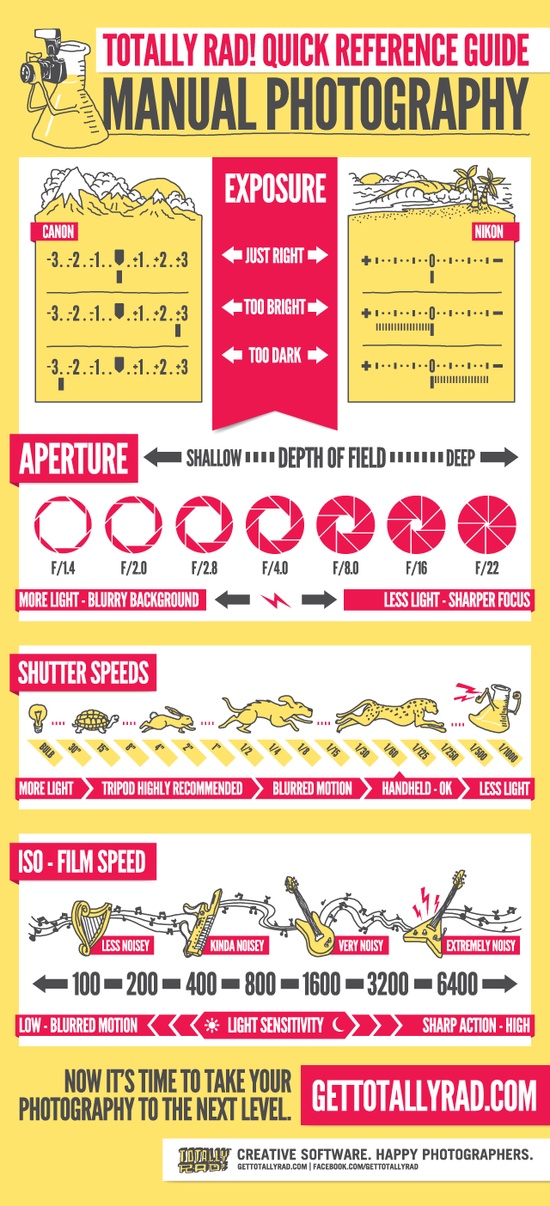Digital Photography Tips For Beginners: Grasping Your Cam In No Time
Digital Photography Tips For Beginners: Grasping Your Cam In No Time
Blog Article
Content Written By-Grant Didriksen
When you first get your cam, it can really feel frustrating with all the settings and alternatives readily available. You could find yourself questioning how to browse aperture, shutter speed, and ISO efficiently. Understanding these basics is critical, yet there's even more to digital photography than just technical knowledge. Comprehending structure methods and lighting conditions can raise your photos drastically. So, what happens if you could discover straightforward methods to improve your abilities and begin recording remarkable images quicker than you believe? Allow's explore just how to transform your photography trip.
Understanding Electronic Camera Settings
Comprehending your cam settings is crucial for capturing spectacular images. When you grab your camera, familiarize yourself with the three primary settings: aperture, shutter speed, and ISO. Each plays a vital role in exactly how your pictures end up.
Beginning with aperture, which controls the amount of light getting in the lens. A bigger aperture (reduced f-number) allows more light and produces a gorgeous history blur, perfect for portraits. Alternatively, a narrower aperture (greater f-number) keeps even more of the scene in emphasis, ideal for landscapes.
Next, focus on shutter speed. This setting identifies for how long your electronic camera's sensor is subjected to light. A quick shutter rate freezes activity, which is excellent for action shots, while a sluggish shutter rate can develop magnificent impacts like smooth water in landscapes.
Finally, readjust your ISO. This setup impacts your electronic camera's level of sensitivity to light. A higher ISO serves in low-light scenarios however can present sound or grain. Aim for the lowest ISO feasible while still attaining appropriate direct exposure.
Composition Methods
When you're out capturing, composition can make all the distinction in just how your images reverberate with customers. Beginning by utilizing the regulation of thirds; imagine your structure separated into 9 equal sections with two straight and 2 upright lines. Position key elements along these lines or at their junctions to produce balance and rate of interest.
Next, take into consideration leading lines. These natural lines in your scene, like roadways or rivers, attract the audience's eye right into the photo, directing them with the tale you're telling.
Don't forget about framing; usage elements within your scene, like trees or home windows, to create a framework around your topic, including depth and focus.
Also, keep an eye on your history. https://zenwriting.net/jayna92fausto/usual-blunders-new-photographers-make-and-how-to-avoid-them can distract from your main topic, while a straightforward one aids it stand apart.
Last but not least, experiment with symmetry and patterns; they can develop a striking image that catches interest.
Mastering Illumination Conditions
Understanding lights conditions is vital for recording stunning photographs, as the best light can change a regular scene into something amazing.
Beginning by observing https://www.liveinternet.ru/users/petty_peacock/post509032963 at various times of the day. Early mornings and late afternoons supply the best light, referred to as the golden hour. The soft, warm tones during these times can enhance your pictures perfectly.
Don't avoid overcast days either; diffused light can decrease extreme darkness and create a pleasing effect, specifically for pictures.
Experiment with backlighting by positioning your subject versus the source of light. This strategy can produce a wonderful halo impact and add depth to your images.
Take note of your electronic camera settings as well. Adjust the ISO, aperture, and shutter speed to match the illumination conditions. A greater ISO can aid in reduced light, however beware of grain.
Use a tripod in darker atmospheres to prevent blur.
Lastly, don't forget synthetic lights. Flash and constant lights can be excellent tools for managing light in challenging problems.
Verdict
Finally, mastering your electronic camera does not need to be overwhelming. By comprehending Headshot photo , using structure strategies, and using the power of all-natural light, you'll promptly elevate your photography abilities. Remember, exercise makes excellent, so get out there and explore your newfound expertise. With time and devotion, you'll be recording spectacular photos that mirror your unique perspective. Take pleasure in the trip, and do not neglect to have a good time while you're at it!
